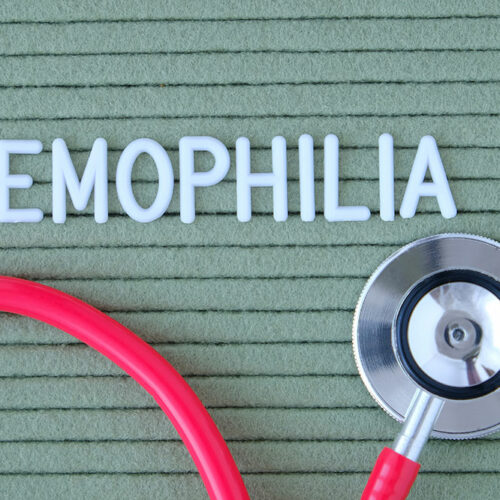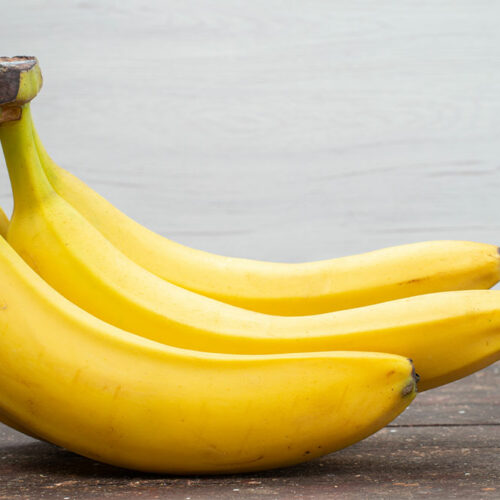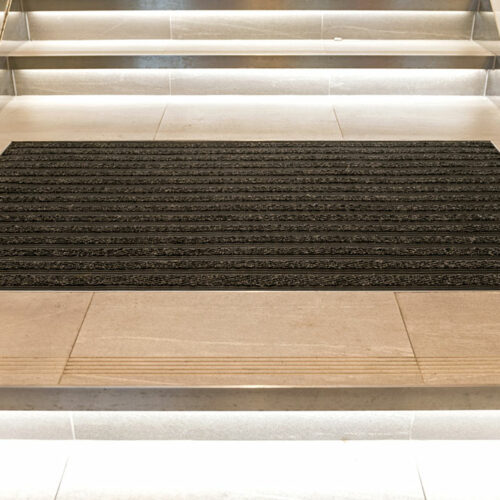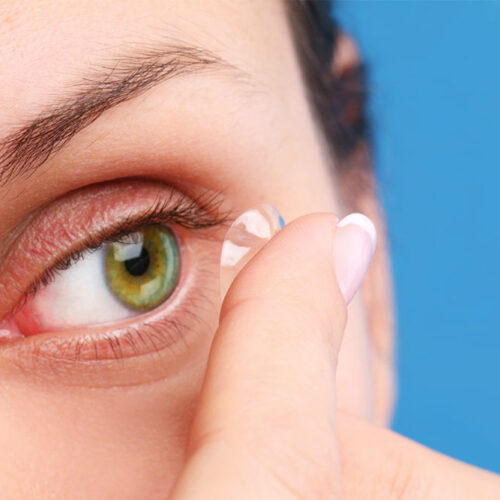Eczema – Soaps to avoid

Eczema is an umbrella term that describes a group of skin disorders that can lead to dermatitis or inflammation of the skin. Individuals suffering from eczema often experience redness of the skin and itching. This is because eczema damages the protective skin barrier and makes the skin sensitive and more prone to infections and dryness. Read on to find out the effect of soap on the skin and how certain soaps can trigger eczema. The relationship between soap and eczema Soaps are a great cleaning tool, but if you do not use the right one, they can cause damage to the skin. This is because most soaps and detergents eliminate the natural oils of the skin. This can make the skin itchy, red, and more sensitive to external irritants. Many soaps also contain irritants that can worsen preexisting skin conditions like eczema. Here are some common soaps that could trigger eczema. Soaps that have surfactants Surfactants, also known as surface-active agents, are key ingredients in many soaps. But studies have shown that surfactants can actually have an adverse effect on the skin. In fact, it contributes to unhealthy skin by increasing oxidative stress and increasing redness and dryness. Soaps with strong cleaners Another type of soap that could trigger or worsen eczema is a soap that contains harsh cleansing agents.






